
Seventy-three years ago, on May 14, 1948, the creation of the state of Israel was proclaimed. For Palestinians the event is remembered on May 15 as the “Nakba,” the catastrophe: an ethnic cleansing that would force the exodus of over 700,000 Palestinians, driven away from their lands. Nowadays, after decades of occupation, settler colonialism and apartheid, the Nakba continues for Palestinians. The right to return for refugees and their descendants, ratified by UN Resolution 194, remains a key demand for Palestinian people.
The Atelier – Histoire en Mouvement, Utopix and BDS Suisse bring you this two part dossier on the subject. We look at the origins of zionism, the colonial project behind the Nakba, alongside an analysis to take into account the material dimension of this event and the existing conditions for the seizure of Palestine by the zionist movement.

The origins of the Nakba and the state of Israel: zionism
Putting the Israeli-Palestinian in historical perspective is a fundamental step to understand the underlying issues. It is not possible to fully understand the events of the Nakba or the current policies of the state of Israel without understanding the ideological architecture of zionism that sustains them. In this sense, zionist historian Paul Giniewski put forward an emblematic explanation: “Only the zionist current amidst the Jewish people has generate a Jewish response to Auschwitz: the state of Israel.” Without zionism there’s no state of Israel. This is the fundamental equation.
What is zionism? What are its origins, features and principles? How did it manage to take hold as the dominant ideology capable of producing the political repercussions that led to the creation of the state of Israel in 1948?
Zionism became a national political movement, understood and organized on a global scale, which defended the right of the “Jewish people”1 over their (supposed) homeland, “Eretz Israel” (the land of Israel). This movement defined itself, and still does so, as the flag-bearer for the entire “Jewish people” and their aspirations, defending the right to establish a Jewish home through an overtly colonial project in a land long known as Palestine, then under the rule of the Ottoman Empire.
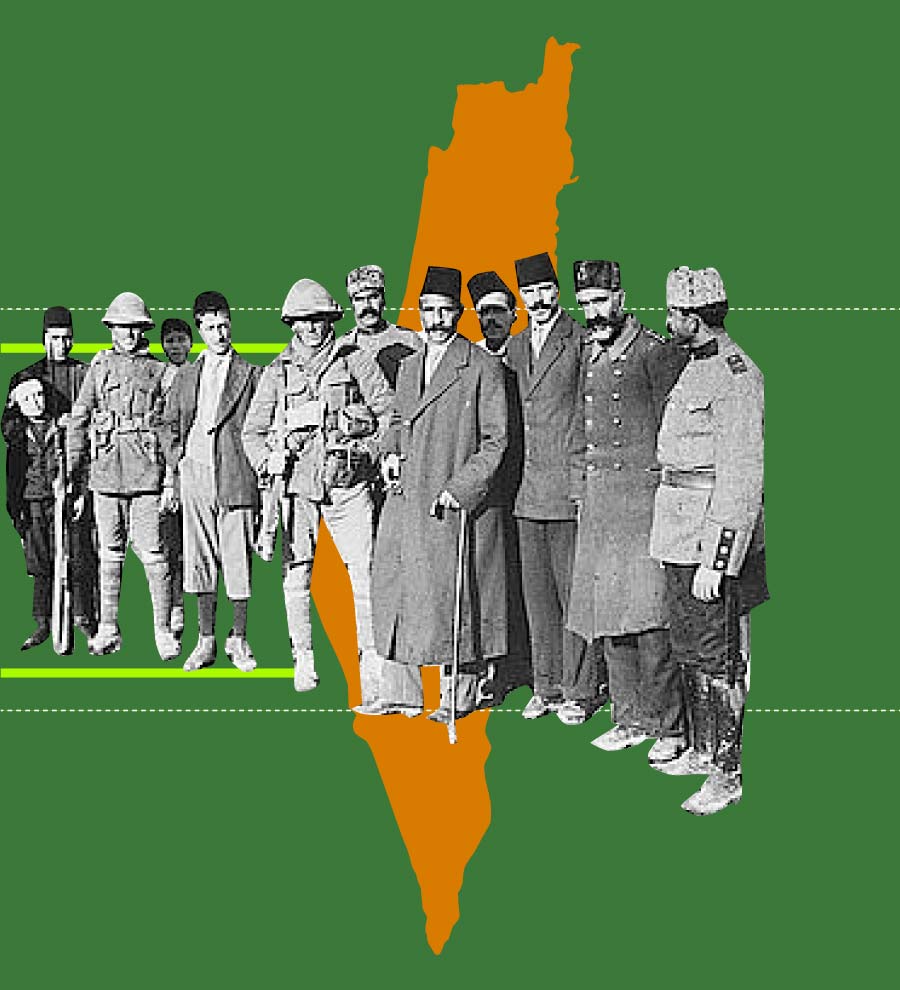
The prelude to Jewish nationalism and zionism can be explained by the imbrication of religion and the rising concept of nation, within the context of 19th century European nationalism. The first forms of Jewish nationalism are nevertheless of a savior nature, in the sense that their nature was defined in religious terms. For this kind of “pre-political” Jewish nationalism, there was no ultimate solution to the Jewish question, specifically from a territorial standpoint.
Only in the 1870s would there be a transition towards proper political zionism. This was a gradual transition, motivated in part by the rise of anti-semitism in Europe as well as the European process of secularization driven by the Enlightenment. In this regard, it is interesting to note the double game of zionist ideology, on the one hand distancing itself from religion and feeding on secularization, and on the other using religion and relying on ancient texts to justify its political project. As the famous Israeli historian Ilan Pappe states, “most Zionists do not believe that God exists, but they believe that He promised them Palestine.”

The transition was also completed thanks to the success of the theses Austro-Hungarian writer Theodor Herzl, who devised the reinvention of Judaism as a nationalist ideology and no longer simply a religious one. Herzl is today considered the founding father of zionist ideology. In The Jewish State, his seminal work, Herzl asserts that the Jewish problem is national in nature and that assimilation into other states is doomed to fail.
Following the positive reception of his theses by a part (though still a very small minority) of the Jewish academic and political world, Herzl convened the first World Zionist Congress in Basel in 1897, where the World Zionist Organization was founded. At the second congress, in 1898, the organization came to the conclusion that the creation of the Jewish nation would be achieved through the colonization of Palestine. It should be noted that during this period, despite the title of Herzl’s work, zionists did not speak of a Jewish state but rather of a “home.” The lack of a clear definition of these terms reflects the lack of consensus in the zionist movement concerning the nature of its project.
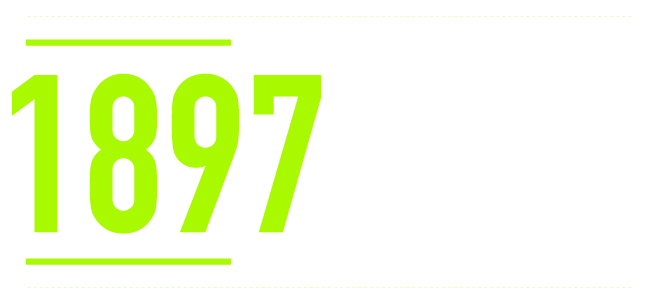
This is understandable, not least because in the 19th century the conditions for the creation of an independent national entity in Palestine were non-existent for several reasons: Palestine was a state for all intents and purposes, with a defined territory, indigenous population and institutions; the number of Jews living in Palestine was too small and the villages were not sufficiently established; and finally, the movement did not enjoy legitimacy on the international level yet. Zionists themselves were therefore unable to define either the national home they were talking about or the future of that home. This gap would not be filled until the late 1930s, with the formalization of the zionist national project, made possible by the decisive support of Great Britain.
Thus, from the beginning, political zionism fed off of a planned migration strategy, based on a project of colonization and settlement of Palestine, the main ingredient of the zionist agenda.
It is in this context that the events of the Nakba must be read, as the logical consequence of a colonial project that advocates the settlement and occupation of a territory whose indigenous population must be annihilated or displaced from its land.
The catastrophe before the catastrophe
The dramatic change in demographic and spatial reality that took place in Palestine during the Nakba is relatively well known. In comparison, the material dimension is much less so. And the conditions prior to the zionist movement’s forceful takeover of the country from November 1947 onwards are even more rarely addressed.
By the beginning of 1949, the Jewish population share in the former British Mandate of Palestine was 80% and it had brought 77% of the land under its control. Two years earlier, the Jewish population share was less than one-third and Jewish land holdings, both private and communal, were about 7%.
Some 500 Palestinian localities were emptied of their population and then destroyed during these two years. About 800,000 Palestinians fled or were expelled from their homes. Only 81 Palestinian villages and a single town, Nazareth, remained intact. Since then and until today, any economic expansion beyond the primary urban area (e.g. through the creation of industrial zones or commercial centers) is prevented, as is the case in other Palestinian communities and neighborhoods.
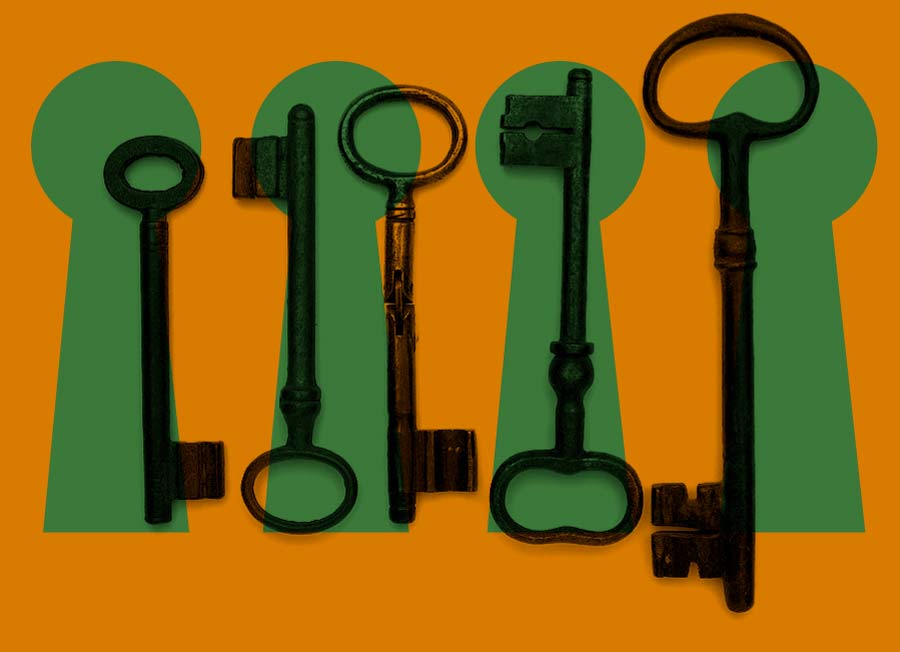
Control of all infrastructure and resources fell into the hands of a colonial movement whose intention was to replace the old population. The West Bank and Gaza Strip retained their Arab character, but were faced with the immediate challenge of dealing with a huge refugee communities while being cut off from the rest of the country. «From the material point of view, the Nakba shattered the socio-economic structures of Palestine. The Arab economy was virtually destroyed,» writes historian and Middle East expert Michael R. Fischbach.
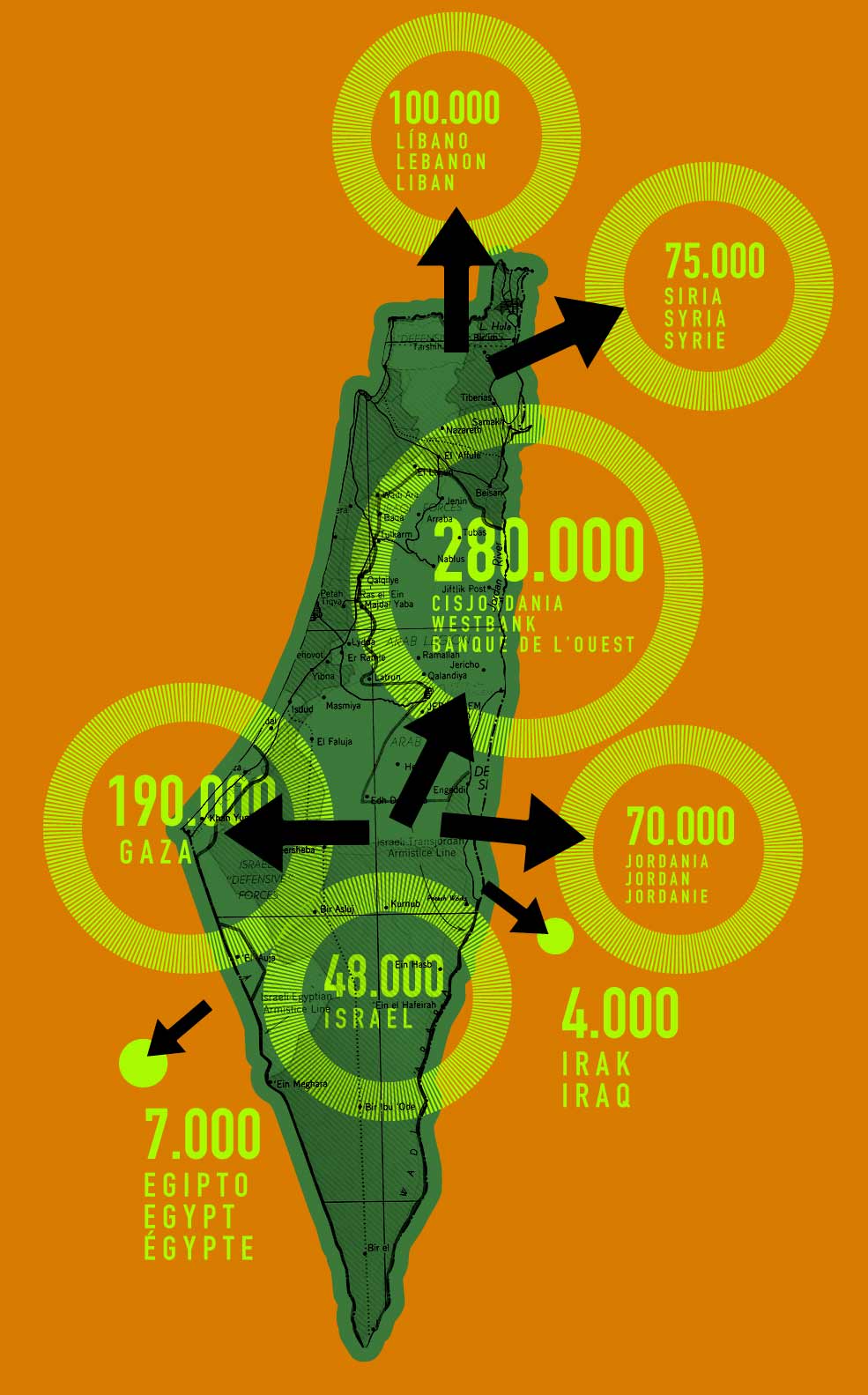
The value of abandoned private property, not including communal grazing lands, properties, etc., was estimated by a UN commission to be close to $820 million (value at the time). Subsequent calculations by Palestinian economists and other experts reached a figure of nearly $1.625 billion in lost land, $954 million in abandoned buildings and up to $453 million in movable assets. From the point of view of size and the total transformation of the country in less than 18 months, other colonial projects seem modest in comparison. The «Nakba» offered the zionist movement and the new state of Israel a remarkable war booty in economic resources for which there has been no compensation, let alone reparations, to this day.
Like other colonial movements, zionism was also able to mobilize economic, technological, military and cultural knowledge capital drawn from several centuries of European colonial experience. A dynamic personal and financial capital, almost infinitely renewable, collided head-on with an indigenous society with relatively few renewable resources. Palestine had only been marginally integrated into global capitalism through the colonial policies of the Ottoman Empire and Britain. The zionist movement took over from the declining British colonial empire, which offered legal, material, logistical and military support.

On the other hand, until 1947, zionists had been keen to acquire the land legally, at least in formal compliance with existing colonial laws, rather than conquer it militarily. However, the suppression of Arab protests through military force played a significant role. Zionist militias collaborated with the British. For land acquisition, the legal framework and socio-economic data were used in a skillful and pragmatic way, for example with purchases from large landowners who did not exploit the land themselves, the acquisition of land through intermediaries or through the non-recognition of traditional land rights. The creation of connected territories, with a view towards an exclusively Jewish state-to-be had absolute priority, even when the land had no particular economic value. Part of the land even remained unused, since the number of immigrant settlers was not sufficient to exploit it. These lands were purchased for long-term strategic purposes.
Another tremendous advantage of the zionist colonial enterprise was that stakeholders in the global zionist movement did not expect a return on their investment. Under these comfortable conditions, the Jewish National Fund, for example, was able to take on considerable debt in order to acquire as much available land as possible, given the threat of British restrictions. To this day, the state of Israel benefits from a one-way capital injection, specifically in the form of financial support from zionist organizations around the world and from the enormous United States military aid, which totals almost five billion dollars a year.
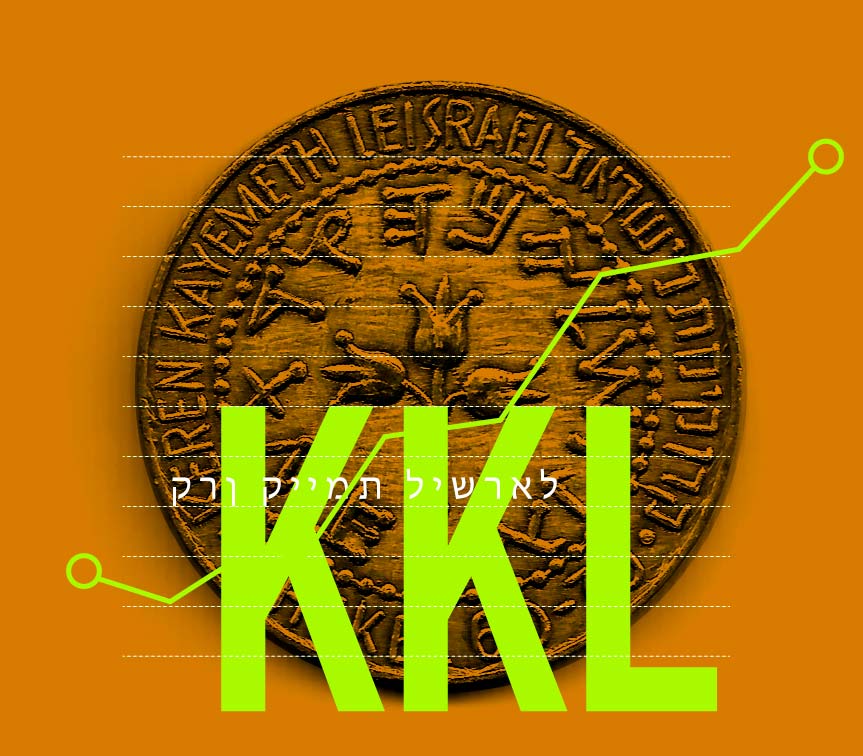
In the aforementioned aspects, which specifically characterize zionism, Wolfe sees an exacerbation of the practices of settler colonialism. In Palestine, these were pursued already half a year before the «Nakba» by means of a plan to dispossess of the indigenous population. The share of land that the zionist movement was able to acquire until 1947 was not particularly large. By relying on the capital brought in from the metropolises and the combination of ethnic exclusivity and non-profitable financing, a connected land territory was created. This was the precursor of the future state in the then Mandatory Palestine. The vote on the partition plan and the impending British withdrawal provided a welcome opportunity to take great strides in conquering the country, this time with military means, while maintaining the goal of an exclusive ethno-religious society. To quote Wolfe again, «Against this background, the Nakba accelerated, albeit very radically, the ‘slow-motion’ means to Native dispossession that had been the only means available to Zionists while they were still building their colonial state.»
The endless Nakba
The Nakba illustrates, as mentioned before , a specific form of colonialism, settler-colonialism, whereby settlers move into a territory with the intention of staying there, occupying the land and expelling or subjugating the indigenous population. It thus differs from «classical» colonialism (that of the French, English or Dutch colonies in Africa and Asia) where the indigenous people become the labor force in the exploitation of natural resources for the benefit of the metropolis. In Palestine, the non-Jewish indigenous population represented an obstacle to the zionist project, a demographic threat. From Hertzl to Ben Gurion, from Joseph Weiz to Chaim Weizmann, all the leading zionist figures shared this idea. The only possible outcome was thus a process of ethnic cleansing of the Palestinian population.

This is why, in order to grasp the issues at stake, it is necessary to look at the Nakba in its totality and, above all, in its continuity. The Nakba was not a closed historical event; on the contrary, it is a long-term and ongoing one. Indeed, in 1948, the birth of the state of Israel did not allow the Palestinian demographic problem to be resolved. The Nakba has therefore continued its trajectory in other forms, changing its face. Since 1948, in addition to the forced evictions and destruction of villages that continues (see the current examples of Sheikh Jarrah and the Bedouin villages in the Negev), zionists have implemented a new strategy based on the militarization of society, colonial expansion and apartheid.

The aim was, and still is, to make Palestinians prisoners in their own land, foreigners in their own country, so as to force them to leave and replace them with Jewish populations via the expansion of settlements. This new type of ethnic cleansing violates the fundamental rights of Palestinians through an institutionalized ethnic-social hierarchy, implemented to relegate the Palestinian population to the bottom of the social ladder. The militaristic apartheid policy is a long term continuation of the Nakba. It makes it unnecessary to even expel a people, as long as you isolate them with a separation wall, as long as you discriminate against them on all levels (ethnic, economic, legal, political, administrative), you confine them to «Bantustans», you do not allow them to develop, to build their own infrastructure, to have decent jobs.
Israel’s goal of becoming a 100% Jewish country is a pipe dream. However, the maintenance of this political-legal system allows the zionist plan to go ahead and keep its devastating grip, against which the Palestinians maintain a steadfast and unwavering resistance.

(1) It should be emphasized here that the notion of a «Jewish people» is fundamental to zionism, since without a people there is no claim to a homeland. Yet this notion is highly contested, even by Jewish organizations and personalities who insist on the heterogeneity of individuals and groups who have converted to Judaism. Jewish historian Shlomo Sand discovered through his research in the Jerusalem archives that the Jewish diaspora did not arise from the expulsion of Jews from Palestine, but rather from successive conversions in Africa, Europe and the Middle East, thus undermining zionist mythology.